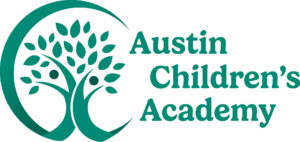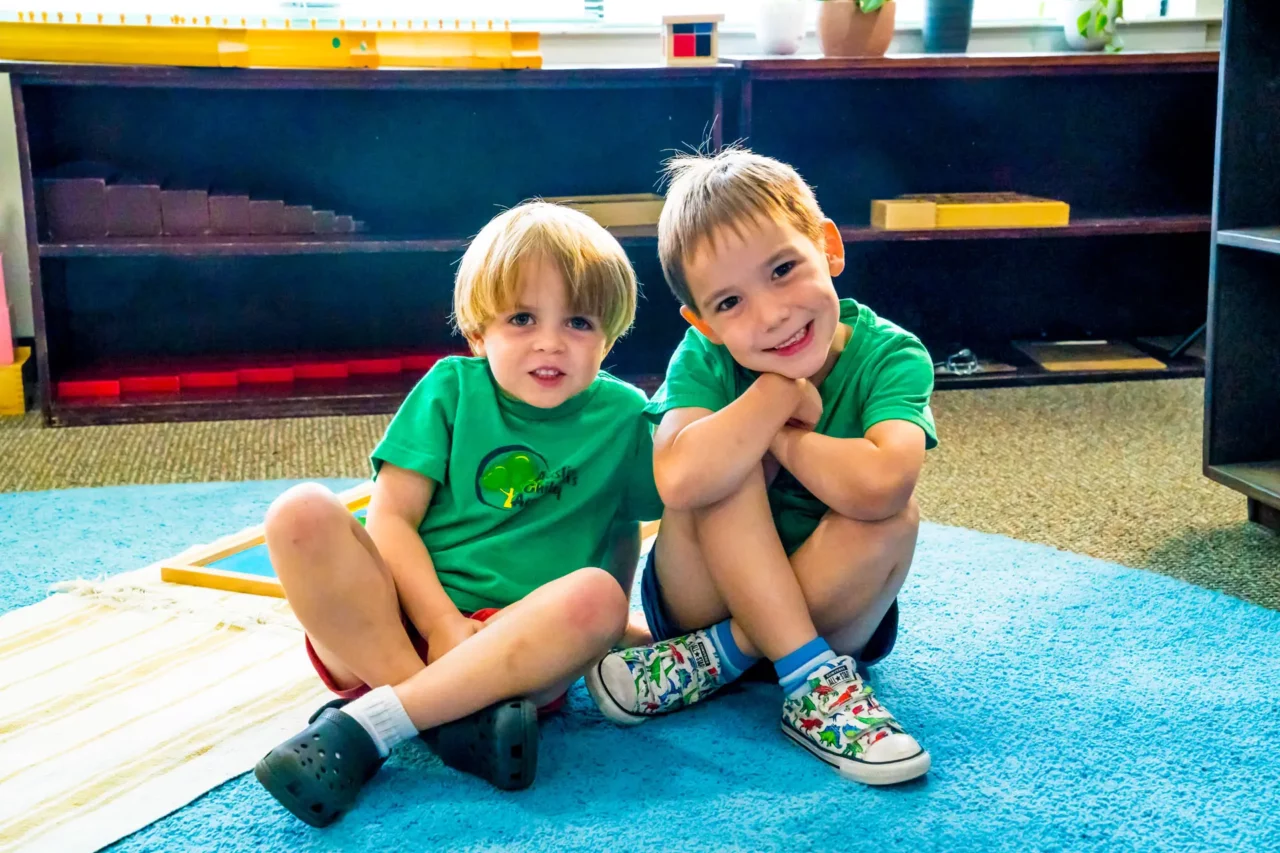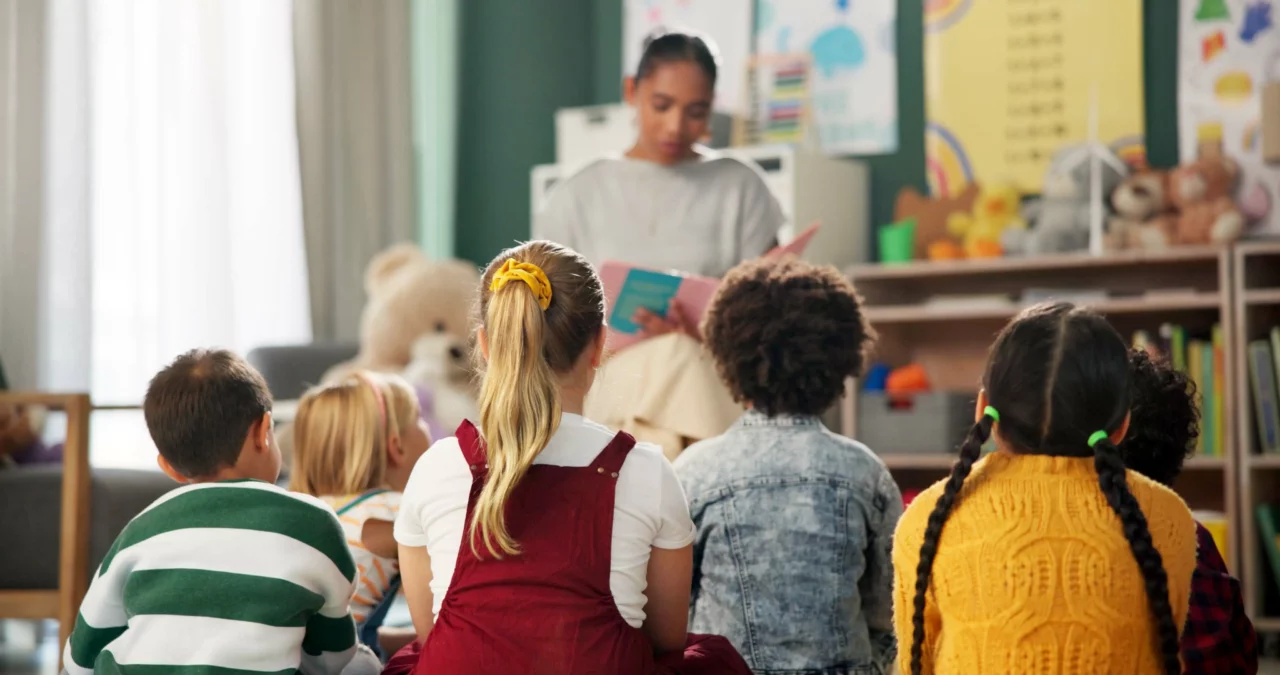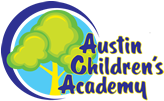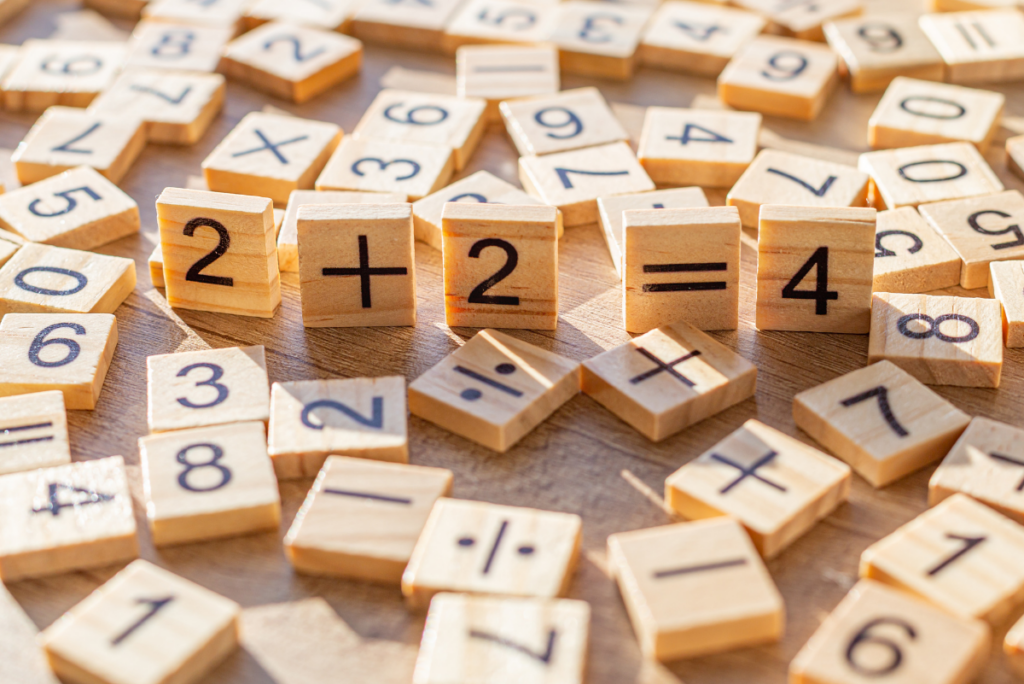
Many new Montessori parents often ask what the difference is between the Montessori method and a more traditional classroom environment. The Montessori method is unique because it relies on a science-focused and child-friendly educational philosophy that can’t be found at other institutions.
Classroom Population
One of the first things that many parents and students notice about the Montessori environment is that classroom populations are entirely different from traditional institutions. First, the teacher-student ratio is much better; instead of one teacher trying to handle twenty-five preschoolers, there are usually around ten to fifteen students for every teacher at a Montessori school.
Another thing that’s different about Montessori schools is that children of different ages learn and work together in the same classroom. Any given Montessori class will have students within three to four years of age from each other. This gives children the ability to be both mentors and students, and it ensures that they are capable of interacting with peers who are slightly different ages—just as they might have to in a working environment.
Student-Centered Lessons
Traditional educational institutions are required to follow a curriculum that has been designed to match arbitrary standards. Specific lessons must be completed every day, and both students and teachers are penalized if goals are not met on schedule. Most lessons are focused on the teacher; students are required to listen to lectures, complete worksheets, and sit still throughout the day.
In contrast, Montessori lessons are entirely focused on the students. First, teachers observe their classroom and select activities and learning materials that actually reflect the children’s interests. Objectives are not hard-coded into the curriculum; instead, teachers help each student progress at a rate that works for them.
Time to Work
Montessori classrooms are one of the few learning environments where children are actually given the time they need to properly explore an activity. Montessori work periods usually last one to two hours. During this time, students are allowed to choose their own activities and spend as much time on a project as they want to. This gives kids a chance to actually learn from the material they are interacting with and become self-motivated in their ability to complete tasks.
In comparison, conventional classrooms often give students short time frames to complete tasks. Whether it’s fifteen minutes to finish a pop quiz or half an hour dedicated to an entire module, the pace of the traditional school environment is far too fast for children to actually learn anything.
The general attitude of a Montessori education is one of continual growth and adaptation. Teachers pay attention to their students and make changes as needed to ensure that those children succeed on an individual level. With flexibility, positivity, and a scientific mindset, it’s no surprise that Montessori classes produce happier children who are more capable of speaking their needs, learning new subjects, and following their dreams.
Are you interested in giving your child a Montessori education? Reach out to us at Austin Children’s Academy to discuss the opportunities we can offer to your family.
